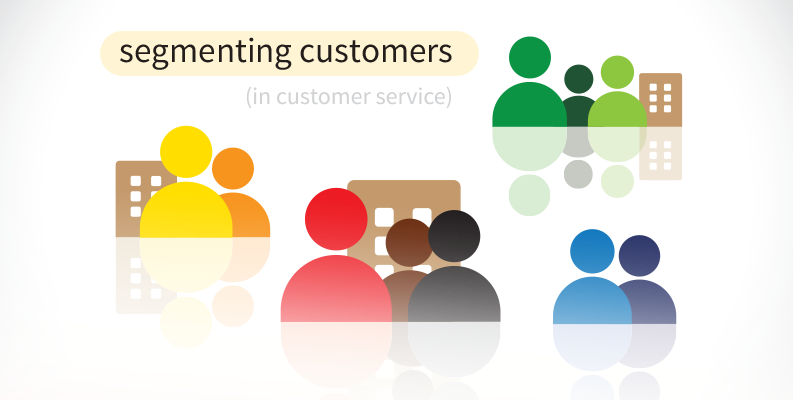
Customer segmentation is a powerful tool for businesses to identify and target their most valuable customers. By understanding the needs and preferences of different customer segments, businesses can tailor their marketing strategies to better meet the needs of each segment. In this blog, we’ll discuss how to do customer segmentation and why it’s important for businesses.
The first step in customer segmentation is to identify your target market. This involves researching your current customers and potential customers to determine who they are, what they need, and what motivates them. You can use surveys, focus groups, interviews, or other methods to gather this information. Once you have identified your target market, you can begin segmenting them into different groups based on their characteristics.
Common characteristics used for customer segmentation include age, gender, income level, location, interests, buying habits, and more. You can also use psychographic data such as lifestyle choices or values to further refine your segments. Once you have identified the characteristics that define each segment, you can create profiles for each one that outlines their needs and preferences.
Once you have identified your customer segments and created profiles for each one, you can start targeting them with tailored marketing messages. This could include personalized emails or ads that are tailored specifically to each segment’s needs and interests. You can also use this information to create products or services that better meet the needs of each segment.
Customer segmentation is an important tool for businesses because it allows them to better understand their customers and target them with more effective marketing messages. By understanding the needs of different customer segments and tailoring their marketing strategies accordingly, businesses can increase sales and improve customer loyalty.